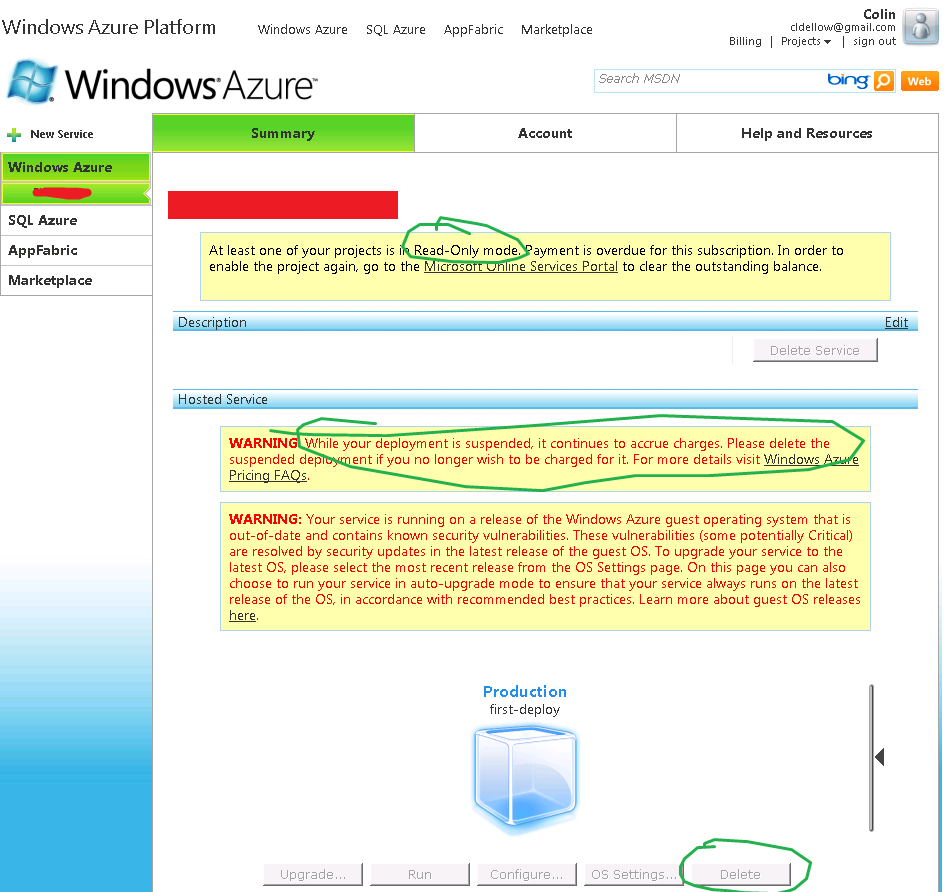Automating builds with GitHub Actions (Jan 28, 2024)
(Return to the blog homepage.)
Many years ago, I worked for Microsoft. They had just launched this new cloud thingy called "Azure", and were asking employees to kick the tires.
Naïf that I was, I gave it a go. I almost immediately got it into a broken state where I was being billed for services that I did not want and could not stop.

After much wrangling, they agreed to write off some, but not all of the debt that was incurred. If I recall correctly, I was out of pocket about $200. This left a sour taste in my mouth.
Anyway, fast forward a decade. It's 2018, and Microsoft has acquired a company called GitHub and placed it under Azure.
Time to get my money back.
Background
GitHub is a collaboration platform built on top of the popular git source control software. For many people, their use of GitHub begins and ends with using it as an easier git.
If they're fancy, maybe they use GitHub's issue tracking software as an easier JIRA.
If they're really fancy, maybe they've got some automated triggers that run on commits and pull requests to run linters and tests.
Those automated triggers are using GitHub Actions. But GitHub Actions aren't limited to just pull requests. . .
GitHub Actions
It turns out that GitHub Actions, although most often used for PR builds, can also be used for arbitrary workflows. They can be triggered by an event (like pushing a commit to a branch), on a cron schedule, or manually.
Hiker Atlas has two kinds of builds: source code and tiles. I had been doing the tile builds on my own machine, but just for a small test region. Scaling up to the planet, or even just North America, was irritating: you need to download and upload ~20-100 GB of files, and spend a lot of time just crunching data.
I had resigned myself to having to set up a Hetzner box for builds... but in early 2024, GitHub announced that they were doubling the size of their free GitHub Actions runners.
Wait, free?
It turns out that if your GitHub project is open source, GitHub will give you free compute resources. There's an acceptable use policy that must be followed, but I believe building the tiles meets those terms.
The quota is fairly generous: up to 20 concurrent jobs, each job runs on a 4 core, 16GB RAM, 150 GB disk machine, and can run for up to 6 hours.
This turns out to be enough to build the North America tileset.
Implementation
You can see the final workflows in my .github/workflows directory.
The final product includes some finessing to overcome hurdles that popped up.
Limits
To fit into the memory and runtime limits imposed by the actions, I had to factor things into multiple jobs
- 1 job per GeoJSON export
- 1 job per tile layer, so that each layer would use minimal memory
- 1 job to stitch the N mbtiles files into a single mbtiles file
- 1 job to convert the mbtiles file into a pmtiles file
Ubuntu image disk space
The stock Ubuntu image that is used required some fiddling, too:
- for ease of use, it installs a lot of development tools, each taking up precious disk space. I used remove-unwanted-software to reclaim some space
- it splits the 150 GB across
/and/mnt, so you need to carefully write files to different places to make the most of the space
Aborted jobs
I occasionally see GitHub terminate a set of jobs. The job runs for 30-60 minutes, generates lots of logs, then poof, it's all gone, including the logs.
Maybe I'm just getting unlucky, and my jobs happened to be running on a host machine that got terminated.
Or maybe it's an out-of-memory killing, and the logs are silent.
Or maybe I'm hitting an undocumented hellban-esque countermeasure designed to deter people who mine cryptocurrencies on free GitHub actions.
Who knows! At any rate, it suggests that it's good for your jobs to be small, independent, and retryable.
Let's talk dollars
For a free service, GitHub Actions is pretty amazing!
For a paid service, it's pretty terrible, though. The pricing for GitHub Actions is about $1/hour for the 4 core, 16 GB RAM, 150 GB disk machine. By contrast, for about $0.60/hour, Hetzner will sell you a 48 core, 192 GB RAM, 960 GB disk machine. Put differently, GitHub's servers are about 20x pricier than Hetzner for the same amount of compute.
A full build of the North America tile set takes about 15 hours [1] of GitHub Action time, so about $15.
Thus, I'm now well on my way to recouping the $200 Azure stole from me over a decade ago.